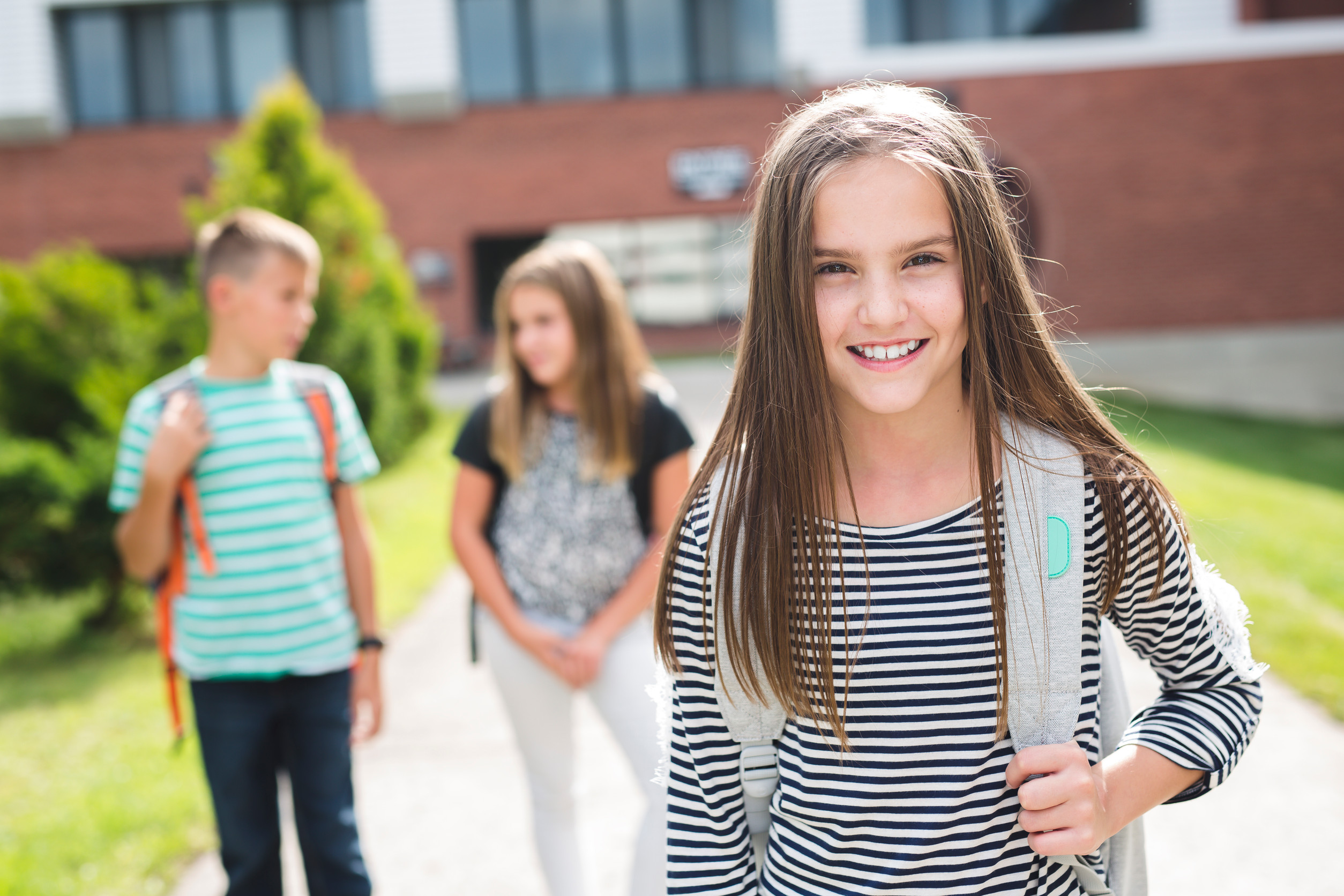In recent years, American classrooms have become more than just places of learning—they’ve quietly transformed into arenas of high-tech monitoring. Cameras once reserved for hallways now appear in classrooms, algorithms scan student essays for threats, and facial recognition tools track who’s entering the school gates. While some hail these developments as necessary safety measures, others fear they are turning schools into digital panopticons.
The debate isn’t just about privacy; it’s about who holds the power in education and what kind of environment is being created for the next generation. As technology advances, the question becomes harder to ignore: are students being protected, or are they being watched?
The Rise of Surveillance Tech in the Name of Safety
The 2018 Parkland school shooting was a national tragedy that accelerated the use of surveillance in schools across the United States. In response to public outcry, districts scrambled to implement more technology-based solutions to identify threats before they became deadly. Vendors pitched tools that promised real-time monitoring of social media posts, predictive behavior software, and gun detection systems.
These technologies gained rapid approval and funding, often without extensive testing or public input. In many cases, fear overrode caution, and schools leaned heavily into surveillance as a default safety mechanism.
Students Monitored by Algorithms and AI
Software companies now offer artificial intelligence programs that scan emails, essays, and social media for warning signs of violence, depression, or bullying. These systems flag keywords and behavior patterns that supposedly correlate with risk, sometimes alerting administrators or law enforcement. Critics argue these tools can misinterpret context and often lack transparency about how conclusions are drawn. Students, meanwhile, frequently have no idea they are being analyzed in such depth. As these AI programs become normalized, concerns grow over what constitutes “suspicious” and who gets to define it.
Facial Recognition in the Hallways
Some school districts have turned to facial recognition systems to track attendance, flag strangers, or even identify banned individuals. While this might sound futuristic, it’s already in use in states like New York and Florida, often implemented with little to no community debate. Civil rights advocates warn that facial recognition is notoriously inaccurate for people of color and can amplify existing racial disparities. Moreover, storing biometric data raises questions about consent and long-term security. Once a student’s face is scanned and logged, it becomes data that’s almost impossible to reclaim.
The Expansion of Social Media Monitoring
Districts in over 30 states have partnered with companies that promise to monitor students’ public social media for threats. These tools scan posts for alarming content and generate alerts, which are then sent to school officials or police. Although marketed as preventative, these programs often result in students being punished for nonviolent or ambiguous posts. Critics argue that this creates a chilling effect, discouraging teenagers from expressing themselves or discussing mental health online. The blurred line between public and private life has become even more complicated for a generation that lives digitally.
Parents and Students Left in the Dark
Many of these surveillance initiatives have been introduced with little transparency or public input. Parents often find out only after the technology is installed, while students rarely receive full explanations of what’s being tracked. Consent forms, when distributed, are frequently vague and framed as safety documents rather than privacy agreements. This lack of openness undermines trust between families and schools, creating a climate of suspicion instead of cooperation. As surveillance becomes routine, questions about oversight and accountability are rarely answered.
A New Market for Big Tech
School surveillance has become a lucrative business, with tech firms eager to capitalize on growing safety fears. Companies pitch their tools at education conferences, promising districts high-tech solutions for low-tech problems. In many cases, schools receive funding from federal or state grants intended for school safety, incentivizing rapid adoption without due diligence. Critics warn that this creates a perverse incentive to over-police students in the name of progress. As vendors offer more products, schools risk becoming test labs for unproven technology.
Psychological Toll on Students
The omnipresence of surveillance affects how students perceive themselves and their learning environment. Knowing that every move, message, or facial expression might be tracked can create anxiety and inhibit natural development. Psychologists have raised concerns that such environments promote compliance over curiosity and fear over engagement.
Surveillance can also create a sense of mistrust between students and educators, which can undermine the learning experience. When students feel watched rather than supported, their mental health and academic performance may suffer.
Disproportionate Impact on Marginalized Students
Black, Latino, and disabled students are more likely to be targeted and disciplined based on surveillance data. Facial recognition and behavior-tracking algorithms have been shown to contain racial and cultural biases. These disparities mirror broader trends in policing and criminal justice, raising fears that schools are reinforcing systemic inequities. Surveillance in these contexts can become a digital extension of the school-to-prison pipeline. Instead of creating safer environments, such technologies risk perpetuating cycles of punishment and exclusion.
Legal Gray Areas and Policy Gaps
There are few comprehensive federal guidelines regulating how surveillance technology should be used in schools. Policies vary widely from district to district, with some offering robust protections and others offering none. Privacy experts warn that outdated laws cannot keep pace with the capabilities of modern surveillance tools. Without clear oversight, data can be stored indefinitely, shared with third parties, or even used for unintended purposes. The legal uncertainty leaves families with little recourse when they feel their rights have been violated.
Reimagining Safety in Schools
A growing number of educators, students, and advocates are calling for a shift away from surveillance toward more human-centered safety measures. These include hiring more counselors, investing in community-building programs, and fostering better communication between students and staff. Critics of surveillance argue that real safety comes from trust, relationships, and emotional support—not from high-tech monitoring. By focusing on holistic well-being rather than constant observation, schools could create environments where students feel truly seen, not watched. The conversation about safety needs to be broader than just gadgets and software.
Surveillance In The Schools: When Will It Stop?
The surveillance state is no longer something imagined in dystopian novels—it’s now quietly shaping the daily lives of millions of American students. As the lines between protection and policing blur, the decisions made today could define how an entire generation experiences school, privacy, and autonomy. The challenge isn’t just technological; it’s deeply ethical. How should schools balance safety with freedom, and at what cost? Add your thoughts or share your perspective in the comments below—this conversation matters.
Read More
10 School Policies That Would Spark National Outrage if Exposed
8 Unique Things That ChatGPT Can Do and It’s Changing People’s Lives


